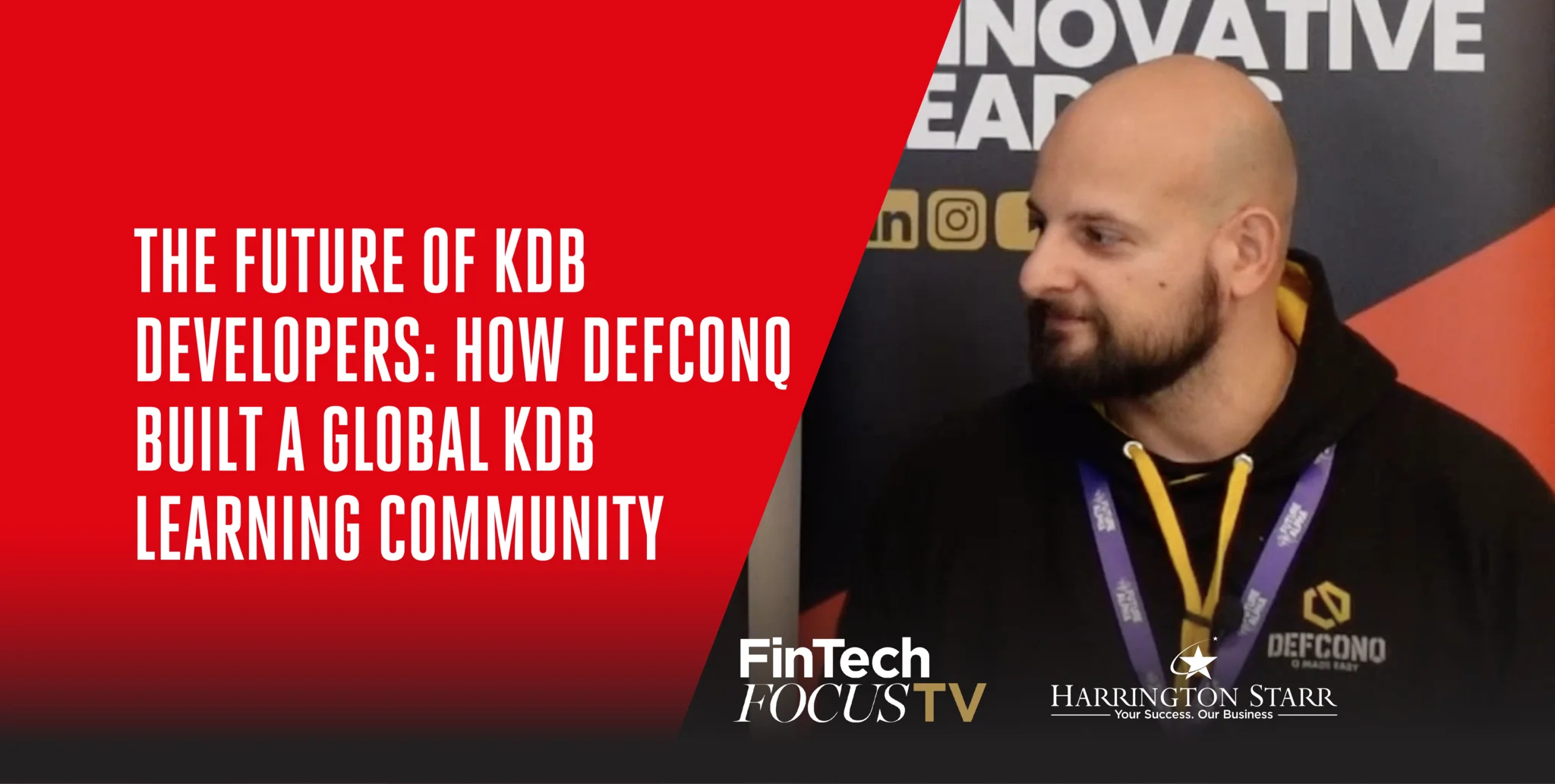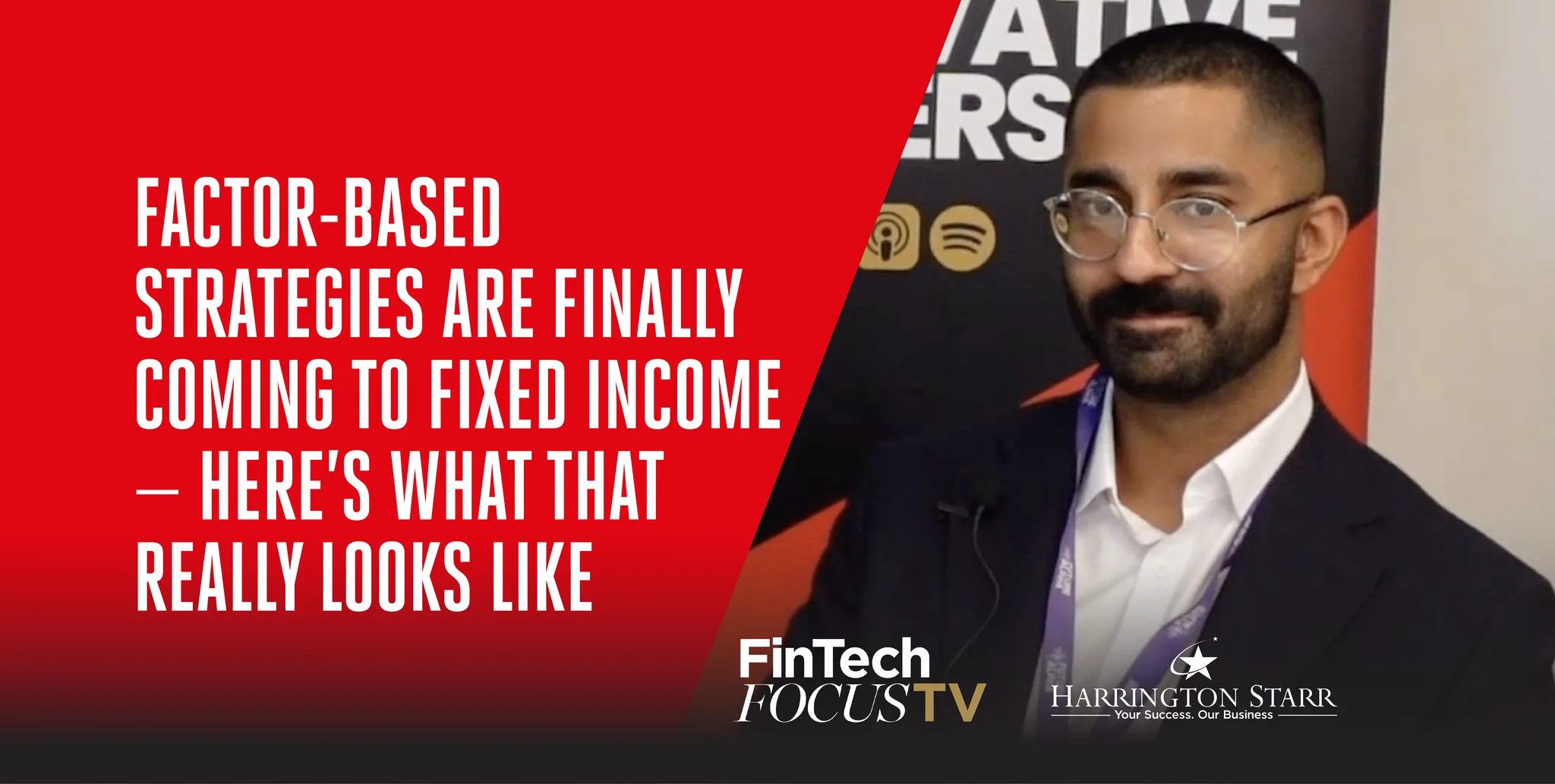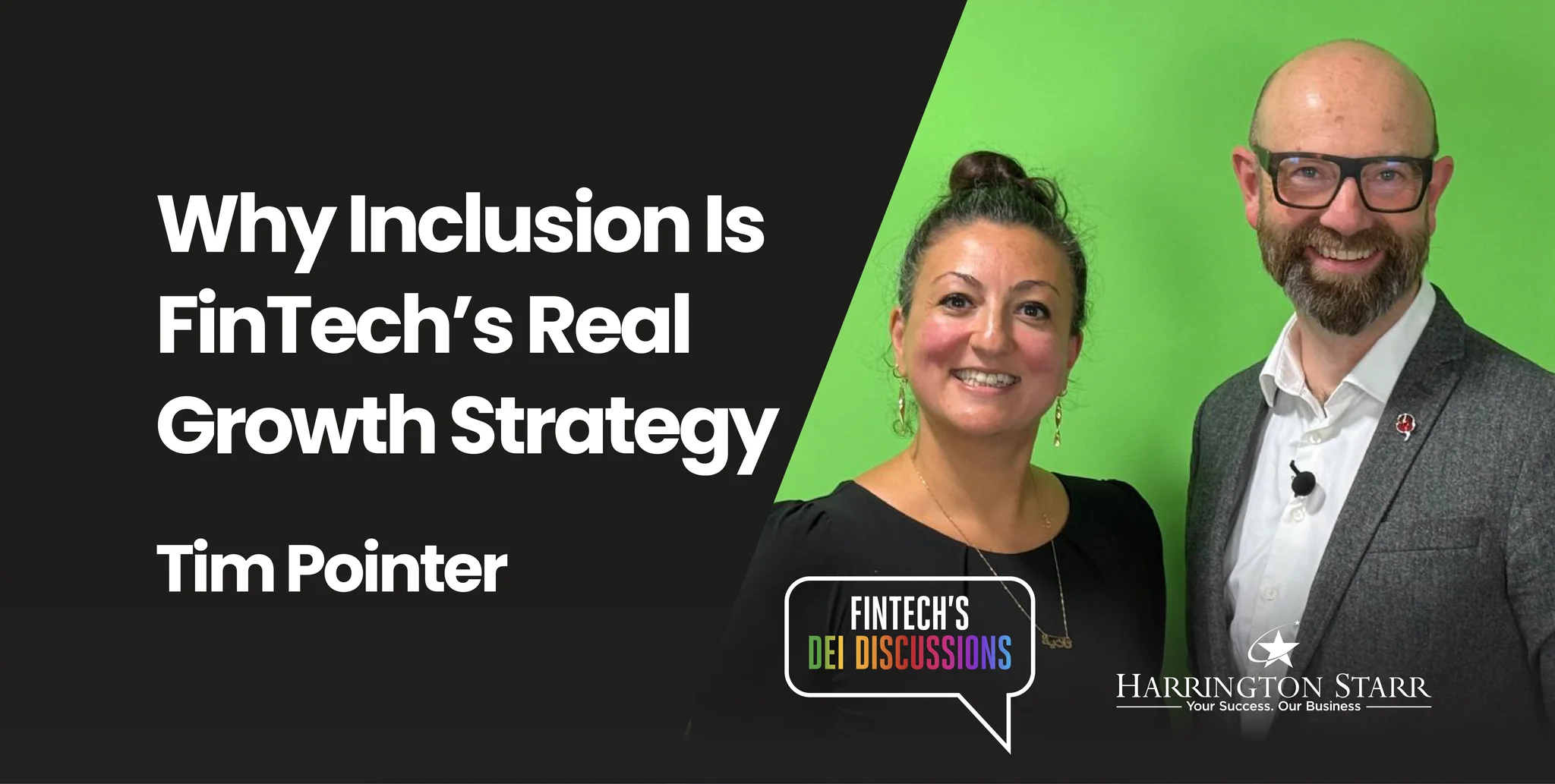As the digital ecosystem matures, institutions are under pressure to position themselves (appropriately) within it, whilst also remaining aligned with stringent and ever-evolving industry regulation. As well as regulatory considerations, two other key challenges for institutions are employing the right people with the right knowledge to ‘translate’ new technologies and products (and associated risks and security challenges) to all appropriate internal levels and, operational wherewithal and resources to build essential interoperability between old and new systems and protocols.
The institutional segment only really began to take burgeoning digital assets and technologies seriously a few short years ago, when it became evident that despite the largely negative (hysterical) narrative around crypto currency activity, digital assets and technologies were here to stay. This is especially the case for digital real-world assets, which can operate in well regulated environments, including ESG securities and carbon credits.
Changing institutional mindsets is a time-honoured challenge: erstwhile technology transformations have followed a similar pattern from ‘this will never catch on’, to ‘it’s not for us’ to ‘let’s wait for someone else to go first’ to ‘if we don’t act quickly, we’ll miss the boat’. At C-Suite and group level, it’s particularly difficult to convey the benefits that this technology can bring. However, many institutions are recognising the need for dedicated resources to manage (inevitable) change, bringing in dedicated CTOs and Heads of Digital with requisite subject matter expertise to help navigate the institutional ship along its digital journey.
Naturally, the bigger and more widespread an organisation across business lines and geographies, the greater the challenge to shift ‘corporate’ mindsets and engender enthusiasm for what will, inevitably, lead to significant and widespread change. Caution is understandable: it’s hard to picture things that we don’t understand. It’s really not so long ago that the notion of ‘talking pictures’ was beyond our collective imagination. More recently, we’ve seen movie distribution technology leap from video to ‘on demand’ streaming; those of us clamouring to Blockbusters to ‘hire a video’ in the 80s would have struggled to get our heads around the concept of accessing pretty much ANY movie, or TV series, exactly when (and where) we wanted, from any internet-connected device. (Indeed, the concept of the Internet per se was still pretty much out there, yet we are now in its 3.0 evolution, with augmented reality, entirely interactive, ‘live’ metaverses).
There may still be some way to go with respect to shifting mindsets: to many, blockchain is still perceived as a technology ‘thing’ to be installed, to others, it’s still seen as simply a fad or trend.
Nonetheless, the technological hurdle is less difficult to jump once an institution has overcome the mental one, because technology supports change, providing the means to design something entirely new - in this case, a decentralised means of managing financial assets efficiently, safely and securely. This is, of course, much more easily said than done, for example, aligning legacy T+2 settlement workflows with a new world order of instantaneous atomic transfer (T+0), especially from the risk and regulatory control perspective. For operations teams it’s a hefty challenge, from digitising trading platforms and workflows to adapting CRM, credit and risk systems (and making sure they all talk to each other). And many large institutions still function in vertical (and horizontal) business and operational silos, each with their own systems and budget, so there’s a lot of sunken costs that make change harder to embrace. (As the old adage goes (sadly), nobody got fired for bringing in IBM).
KYC/AML processes are a case in point. Already subject to considerable investment in recent years to satisfy regulatory obligations, it is understandable that there may not be much of an appetite to shake these processes up again, albeit with technology that could potentially assure far more rigour around these processes. Firms aren’t going to rush to change, given regulatory obligations and fiduciary responsibilities (and enormous risk and cost of getting it wrong) and will more likely take a more considered approach, for example, setting up a completely segregated entity to test proof of concept/proof of work without the potential of ‘cross-contamination’.
Large financial institutions are simply not as agile as smaller financial firms, it’s the difference between rewiring the electrics on a massive cruise liner and a speedboat. Nonetheless, many institutions have and are establishing dedicated Digital business functions and engaging in a degree of digital experimentation beyond simply plugging a blockchain in to an existing workflow. As more institutions identify more business use cases for these new technologies, whether independently or in cross-industry collaboration with peers and technology service providers, the dial will move and the ‘cycle of caution’ will progress from ‘let’s wait for somebody else to go first’ to ‘it’s here, it’s great, and we wish we’d done it sooner’!
You can read Hirander's article and further industry insights in the latest edition of The Financial Technologist. Download your free copy here.
When Traditional Finance met Digital | The Financial Technologist
18 May, 20235 MinutesAs the digital ecosystem matures, institutions are under pressure to position themselves (ap...






